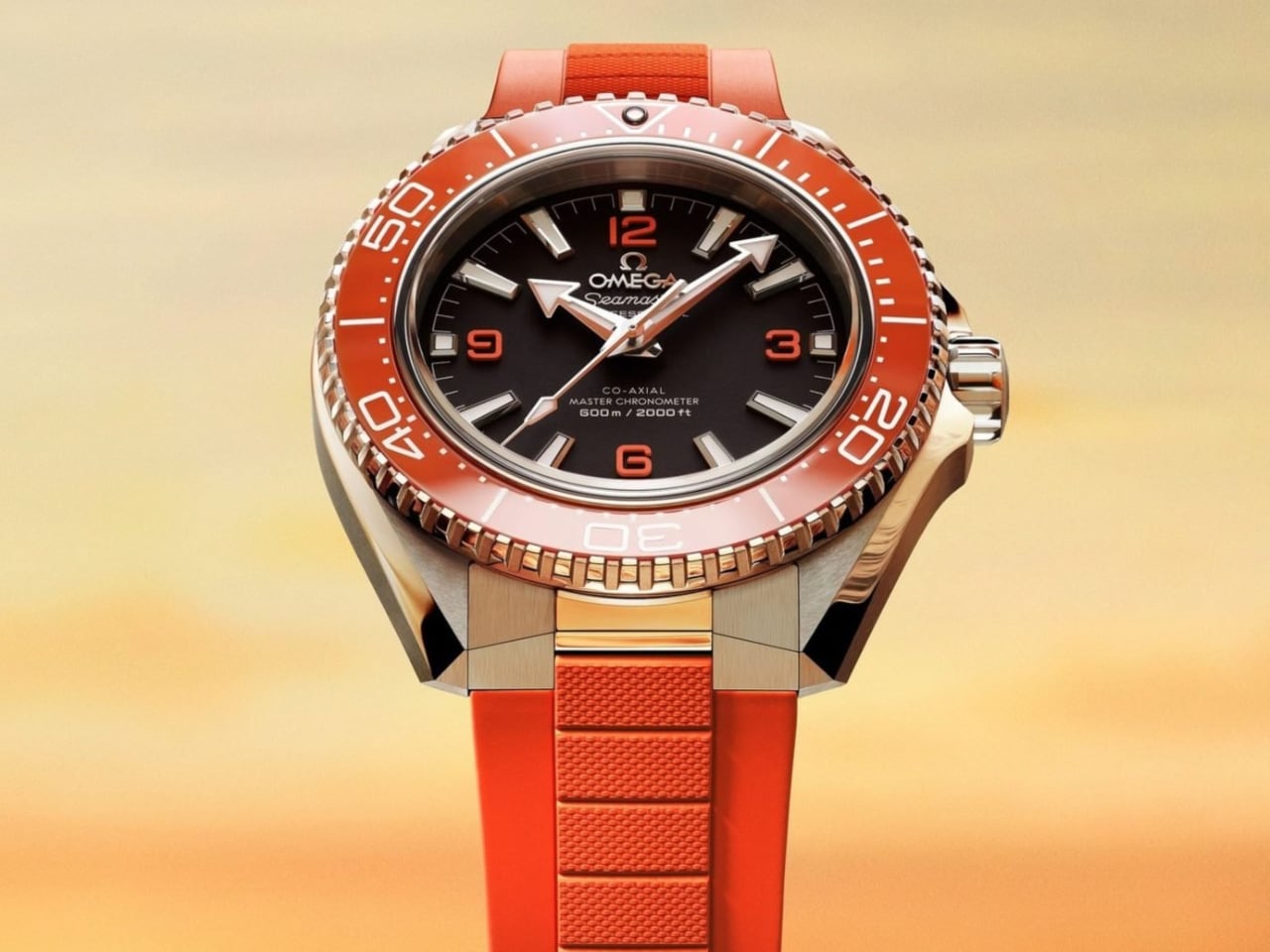
"The Orange Ceramic Challenge Let's address the headline design achievement first. OMEGA's new orange ceramic bezel represents years of Swiss atelier development to perfect a hue that most brands avoid entirely. The reason? Orange ceramic is notoriously difficult to execute without looking like cheap plastic film. The chemistry of ceramic materials resists certain wavelengths. Getting that specific orange tone, the one that references the 1957 Seamaster 300 heritage pieces, requires precise control over sintering temperatures and material composition. OMEGA clearly cracked the formula."
"The result hits like a flare on the wrist: bold, bright, and unmistakably intentional. The orange accents aren't arbitrary nostalgia. The 1957 Seamaster 300 pieces carried orange through the hands, indices, and bezel. Those cues resurfaced in the very first Planet Ocean models in 2005, giving the watch its early cult status. Twenty years later, OMEGA had the confidence to bring that color back at impressive scale."
OMEGA solved long-standing material and color chemistry challenges to produce an orange ceramic bezel at full production scale. The orange tone required precise control over sintering temperatures and material composition to overcome ceramic's resistance to certain wavelengths. The hue references 1957 Seamaster 300 cues and echoes the early 2005 Planet Ocean models. Orange is integrated as a core offering rather than a limited edition, paired with a reworked case architecture and three distinct visual personalities. Matte dials, arrowhead hands, and white enamel bezel scales combine heritage cues with contemporary precision, positioning the Planet Ocean alongside everyday luxury dive watches.
Read at Yanko Design - Modern Industrial Design News
Unable to calculate read time
Collection
[
|
...
]